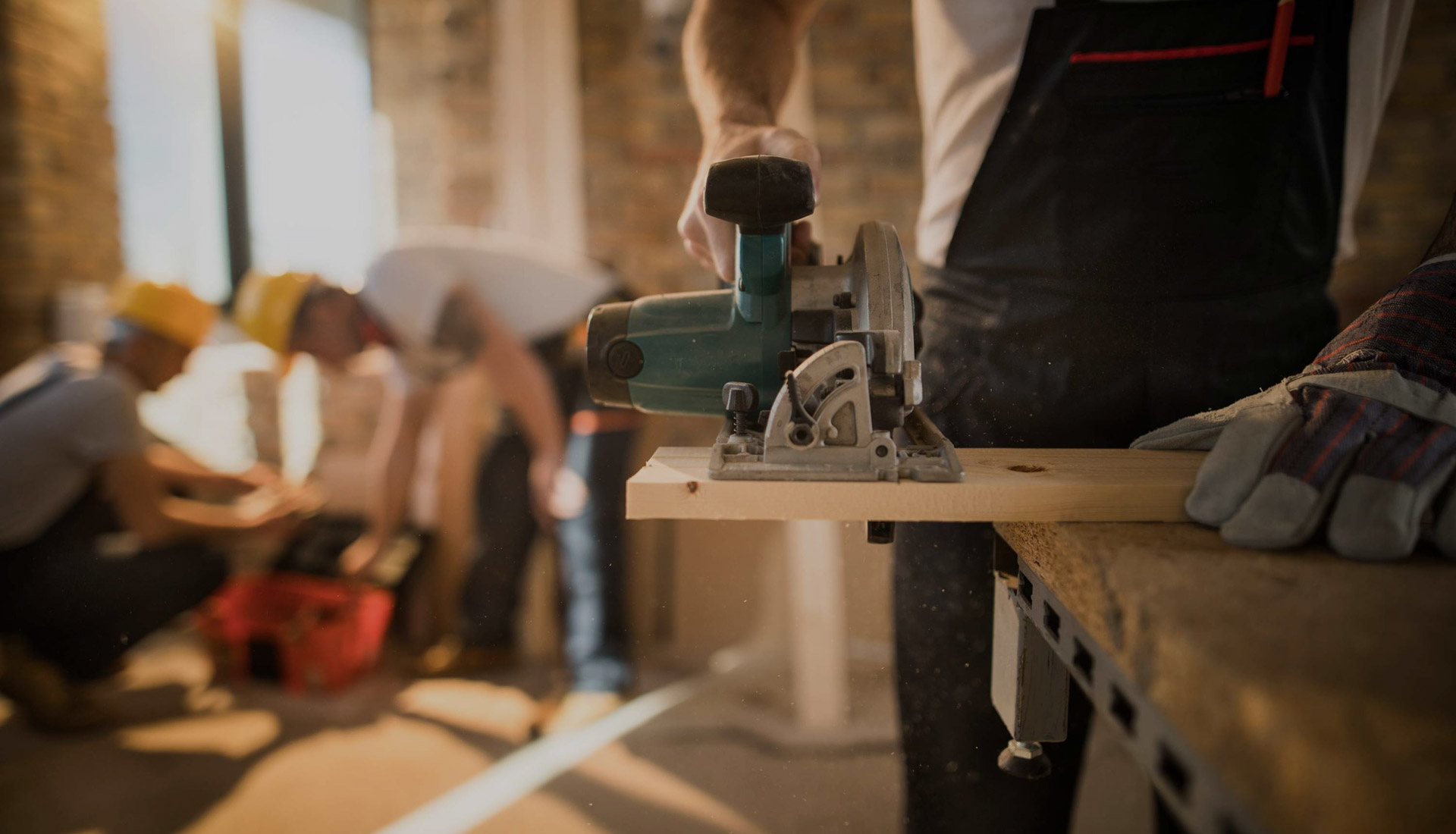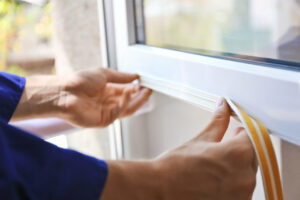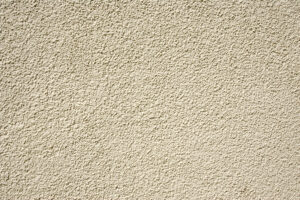
How to Match New Siding with Existing Colors and Materials
Replacing or repairing siding doesn’t always mean redoing your entire exterior. In many cases, you may only need to replace a section of damaged siding, or you might be adding an addition to your building and want it to blend seamlessly with the existing exterior. For building owners in San Francisco and Marin County, matching new siding with older siding can feel intimidating, especially with the wide range of materials, colors, and finishes available. But with careful planning and the help of siding professionals, it’s possible to achieve a look that’s both cohesive and long-lasting.
Here’s everything you need to know about matching new siding with existing colors and materials.
Why Matching Siding Matters
Siding is more than just protection from the elements; it’s a major factor in your property’s curb appeal and value. Mismatched siding can look patchy or unfinished, while a seamless match makes repairs or upgrades almost invisible.
In the Bay Area, where historic Victorian homes stand alongside modern builds, property owners often face the challenge of blending new siding installation in San Francisco or Marin County with existing designs. Matching siding correctly ensures your building retains its architectural integrity and resale value.
Step 1: Identify Your Current Siding Material
The first step is to confirm what material your existing siding is made of. Common siding materials in San Francisco and Marin include:
- Wood siding (common on historic or coastal homes)
- Vinyl siding (durable and versatile)
- Fiber cement siding (popular for its weather resistance)
- Metal siding (used on modern or commercial-style homes)
- Stucco (common on Mediterranean and mission-style houses)
Each material has different aging patterns and replacement considerations. For example, wood siding may weather and fade unevenly, while vinyl and fiber cement tend to hold their color longer.
Step 2: Check Manufacturer and Style Codes
If your siding was installed within the last 10–15 years, you may still be able to find the manufacturer, product line, and color code. This information is often left behind in building records, warranty paperwork, or written on leftover materials.
If you can identify the original siding brand and color, you’ll have the easiest path to a perfect match. If not, your siding contractor can help by analyzing samples and finding the closest equivalent from today’s product lines.
Step 3: Account for Weathering and Fading
Even if you find the exact brand and color, keep in mind that your siding has likely faded due to sun, wind, salt air, and fog. This is especially true in coastal Marin towns and sunny San Francisco neighborhoods.
A new piece of siding in the same color may look slightly different against older panels. Professional installers often recommend ordering a slightly lighter or darker shade to account for weathering or repainting a larger section of siding for a more uniform appearance.
Step 4: Take Samples to Compare
If you’re struggling to match by memory or product catalogs, remove a small piece of your existing siding and bring it to your contractor or local supplier. Side-by-side comparison under natural light is the best way to ensure the new siding will blend in.
Pro tip: View samples outdoors at different times of day. Morning fog, midday sun, and evening shade can make siding colors look very different in San Francisco and Marin County.
Some of the most popular siding colors in the Bay Area include:
- Classic whites and creams – timeless choices for coastal homes.
- Soft grays and charcoals – versatile, modern tones that complement foggy San Francisco weather.
- Earthy taupes and tans – natural shades that blend well in Marin’s wooded or hillside neighborhoods.
- Navy blue or deep green – bold, stylish colors often used as accents or for contemporary homes.
- Warm reds and browns – great for rustic, craftsman, or historic properties.
Using these as a starting point can help you compare your sample more easily and guide your contractor toward the closest available match.
Step 5: Consider a Transition Technique
Sometimes an exact match isn’t possible, especially if your siding is discontinued or decades old. In that case, you can use design transitions to make the blend intentional:
- Accent panels: Use the new siding as a feature wall or accent area.
- Trim breaks: Separate old and new siding with trim boards, corner posts, or decorative moldings.
- Repaint blending: Paint both old and new siding sections with a fresh coat to create a uniform finish.
These techniques can make your property look thoughtfully updated rather than mismatched.
Step 6: Work with Professional Siding Installers
DIY siding repairs can be risky when you’re trying to blend materials seamlessly. Local professionals who specialize in siding repair and installation in San Francisco and Marin County know how to source matching products, account for weathering, and install panels so they line up cleanly with your existing siding.
Hiring a pro also ensures that your siding is properly sealed, preventing issues like water intrusion, dry rot, or energy loss that can come from poor installation.
Popular Exterior Paint Colors for Matching Siding
If an exact siding match isn’t available, repainting is often the best way to create a seamless look. Fortunately, top paint brands offer a wide range of exterior colors that complement Bay Area properties.
Here are some popular exterior paint colors homeowners use to match or refresh siding:
- Benjamin Moore
- Gray Owl (OC-52) – a versatile light gray that pairs well with both wood and fiber cement siding.
- Hale Navy (HC-154) – a deep navy that works beautifully as an accent or primary siding color.
- Revere Pewter (HC-172) – a warm greige that blends with taupe and stone elements.
- Simply White (OC-117) – a crisp, classic white perfect for trim or full siding refreshes.
- Sherwin-Williams
- Agreeable Gray (SW 7029) – one of the most popular warm neutrals for exteriors.
- Naval (SW 6244) – a bold, modern navy that looks stunning with white trim.
- Alabaster (SW 7008) – a soft off-white frequently chosen for coastal homes.
- Iron Ore (SW 7069) – a dark charcoal ideal for contemporary styles.
- Behr
- Swiss Coffee (12) – a timeless off-white that complements stucco and wood siding.
- Blue Metal (PPU14-20) – a sleek gray-blue that blends well in foggy San Francisco neighborhoods.
- Dark Truffle (PPU5-19) – a rich brown that works with rustic or craftsman-style siding.
- Polar Bear (75) – a bright white popular for trim and accents.
Common Mistakes to Avoid
Matching new siding with existing materials can be tricky, and homeowners often make avoidable mistakes during the process. Here’s what to watch out for:
- Guessing on color
One of the most common mistakes is choosing a siding color from a catalog or online photo without comparing it to your home in natural light. Lighting conditions in the Bay Area can make colors look very different. Always bring home samples and view them against your existing siding before making a final decision. - Ignoring texture
Even if you find a near-perfect color match, the texture of your siding can give it away. Smooth siding next to wood grain or clapboard patterns will stand out immediately. This is especially important for historic homes in San Francisco, where architectural details matter. Matching both color and texture ensures the new siding doesn’t look like a patch. - Forgetting trim
Trim, fascia, and accent colors play a big role in how siding looks as a whole. If you only replace siding and ignore trim that has faded or weathered, the new panels may still look mismatched. Sometimes a simple trim repaint or refresh around windows and doors is all that’s needed to make the new siding blend flawlessly. - Not planning for the future
If your siding is nearing the end of its lifespan, replacing just one section may not be the most cost-effective solution. For example, patching an old wood siding panel in Marin County might solve the problem short-term, but the rest of the siding could fail soon after. In these cases, investing in a full siding replacement can save money and hassle in the long run while boosting efficiency and curb appeal. - Overlooking professional help
Many homeowners attempt DIY siding repairs, only to find that the results don’t match properly or fail to protect against weather. Local professionals know which siding products are still available, how to source discontinued lines, and how to blend new panels with old ones for a seamless finish. Skipping professional input often leads to costly redo work.
Conclusion
Matching new siding with existing siding is part art, part science. From identifying your current material to accounting for weathering and working with pros, every step ensures a better final result. For Bay Area property owners, blending siding isn’t just about looks; it’s about protecting your investment from San Francisco fog, salty coastal winds, and Marin’s rainy winters.
Contact VCE for Siding Services in San Francisco & Marin County
At VCE, we specialize in siding repair, replacement, and installation in San Francisco and Marin County. Whether you need to replace damaged sections, upgrade your entire exterior, or blend new siding with old, our expert team can help you find the perfect match. Contact VCE today to schedule your free siding consultation. We’ll inspect your building, recommend the best options, and ensure your siding project blends seamlessly with your existing exterior for a flawless finish.







